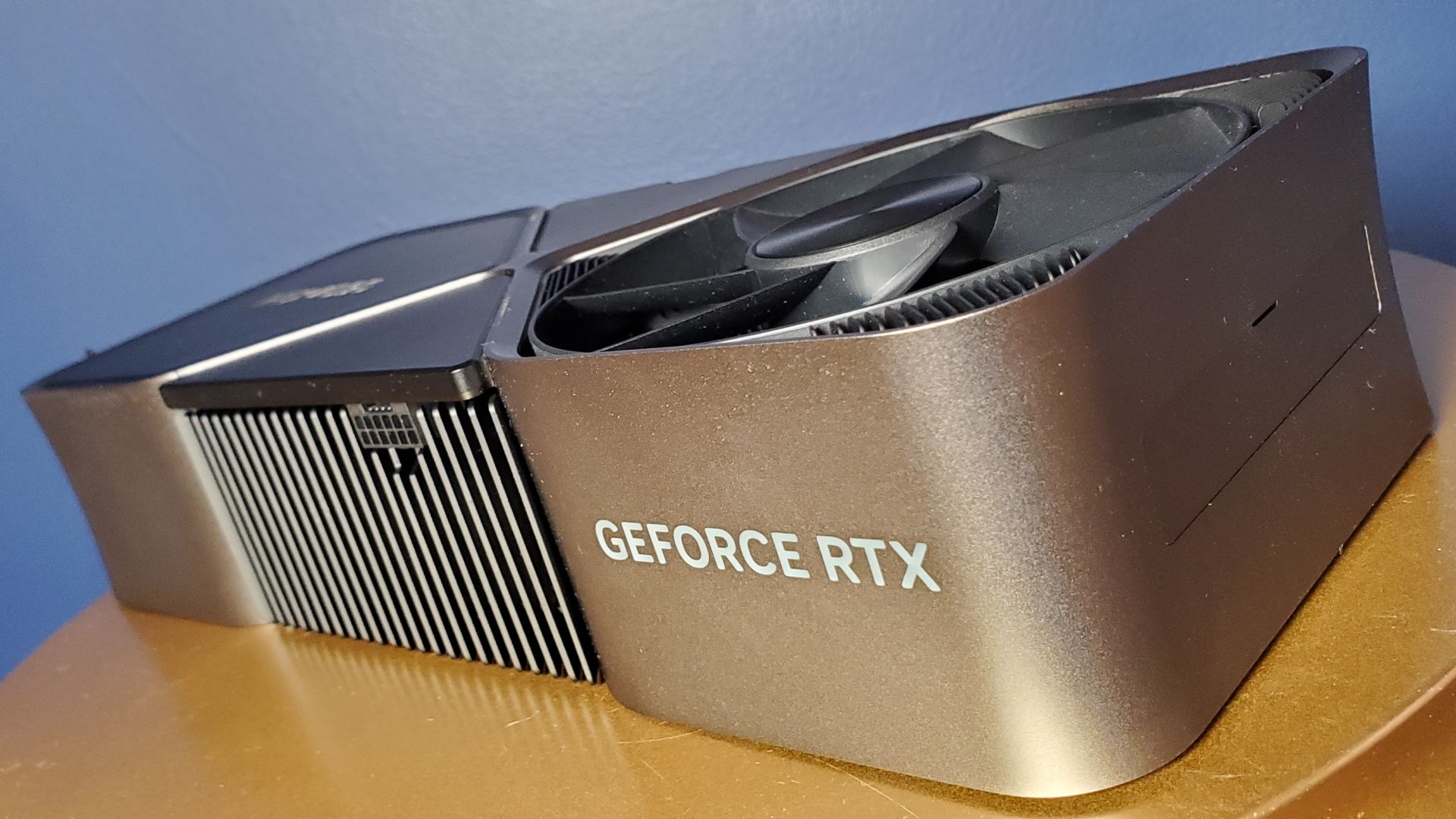You might be joking but really, this argument is one of those made up things that keeps getting passed around as some internet fact. Nvidia's clearly stated that dedicated hardware in ADA allows for FG to work at the performance and quality level it does. Meaning getting FG on Ampere and Turning without it would lead to issues and make the feature undesirable.
nvidia isn't holding back features on purposes. Latest version of DLSS upscaling works back to Turning. Ray Reconstruction works back to Turning and that just came out and isn't being forced onto current gen hardware.
As we have discovered, an overwhelming majority of the DLSS games also support FSR. Those people can use FSR3 if/when it's supported and they can tolerate the image quality it provides.
If AMD with a fraction of the resources of Nvidia can do this,and it can work to some level on competitor hardware,then Nvidia which knows its hardware much better could easily do a better job. FSR3 is running in a totally unsupported way on Nvidia cards. Considering its meant to be open source,there is absolutely nothing stopping Nvidia to do some optimisation steps for older Nvidia cards.
It's the same excuse that DLSS1.0 only would work using Tensor cores,and there was no way to make the upscaling work without them. Yet,Epic showed their own in-house equivalent was competitive with no need for dedicated hardware.
It was like all the stuff about how people on here said Vesa Adaptive Sync would lose,and Nvidia cards had no reason to support it because it was crap. IIRC,Nvidia marketing for years
implied Pascal wouldn't work and need the dedicated modules IIRC.
I said there was nothing stopping Nvidia having a second tier of support with Vesa Adaptive Sync,plus a higher tier for their own hardware. Many here scoffed at the idea. Then in 2019,suddenly they changed tact.
What I said happened. In the end Nvidia made it work despite all the people on here saying otherwise because simply the majority of companies supported it,and almost the entirely of Nvidia card owners I know,have "G-Sync compatible" monitors.
But why would they? Make some marketing bumpf it can't work,and point people to their new cards. More sales. Then if FSR3 does gain traction by some miracle,I expect Nvidia will find a way to port it back to Ampere. But they are hedging their bets,enough people will upgrade before then.
But it is hardly in any games yet and does not work properly from what people are saying. Hence why I am not seeing how it is keeping ampere going.
It might case in the future. But as it stands I would disagree

I never tried FSR3 as it has never been in a game I own. Hopefully it will be in a better shape by the time it is in a game I buy. But by the I might be on a next gen gpu

That is because you conveniently upgraded before that time happened!

The reality I am not surprised it has issues(after having just launched) especially on Nvidia cards. But nothing stopping Nvidia taking the Open Source code and doing some optimisations.
After all,when TressFX first came out in Tombraider it was made Open Source soon after. When Nvidia sponsored the next game in the series,they worked with the dev to no doubt improve performance on Nvidia cards. It was called Purehair by then and Nvidia was praising it IIRC.
Maybe they can have two tiers of Frame Generation. Nvidia Frame Generation Legacy and Nvidia Frame Generation Premium.
Just like you have G-Sync compatible and G-Sync Ultimate.









